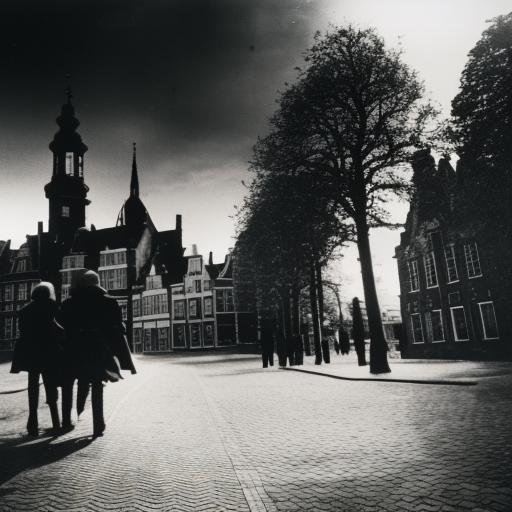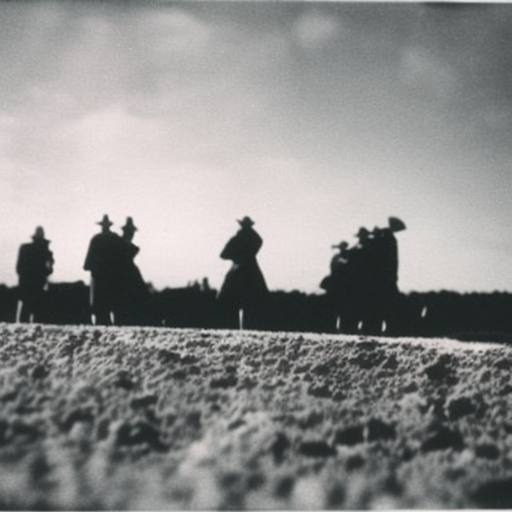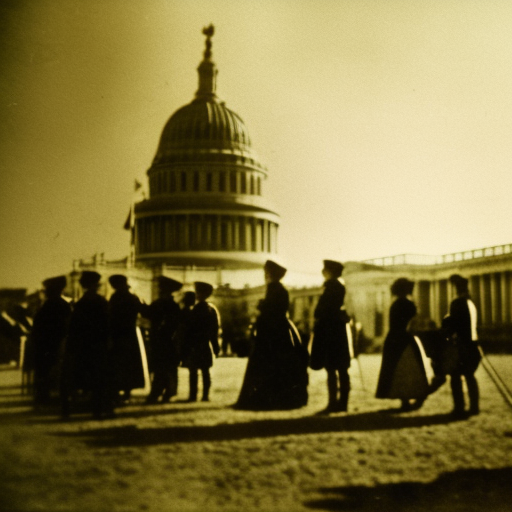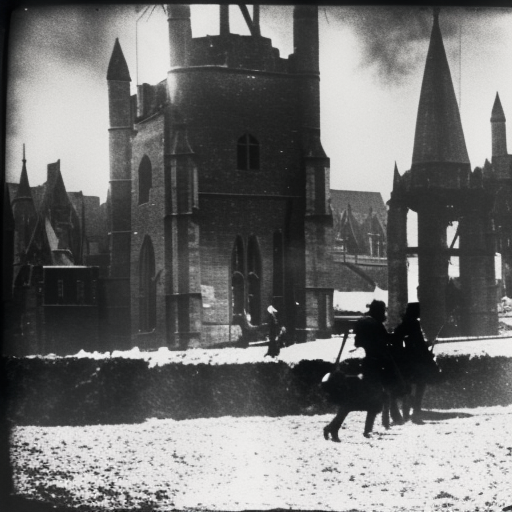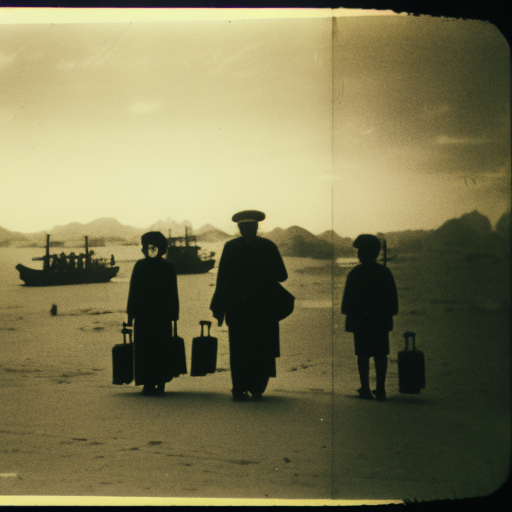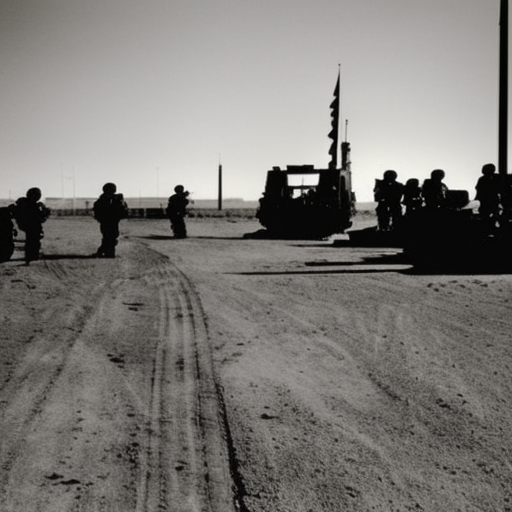The Treaty of Utrecht (1713) was a series of peace agreements that ended the War of the Spanish Succession and reshaped the balance of power in Europe.
The Treaty of Westphalia (1648) Explained
The Treaty of Westphalia (1648) marked the end of the Thirty Years’ War and established the principles of modern state sovereignty and religious tolerance.
The XYZ Affair (1797-1798) Explained
The XYZ Affair was a diplomatic incident between the United States and France, involving bribery and demands for tribute, which strained relations and nearly led to war.
The Congress of Vienna (1814-1815) Explained
The Congress of Vienna was a diplomatic conference that aimed to restore stability and redraw the map of Europe after the Napoleonic Wars.
First Anglo-Dutch War Explained
The First Anglo-Dutch War was a conflict between England and the Dutch Republic from 1652 to 1654, primarily fought over trade and maritime supremacy.
Japanese repatriation from Huludao Explained
The historical topic of ‘Japanese repatriation from Huludao’ refers to the return of Japanese citizens from the Chinese city of Huludao to Japan after World War II.
Gulf War Explained
The Gulf War was a military conflict between Iraq and a coalition of 35 nations led by the United States, triggered by Iraq’s invasion of Kuwait in 1990.
Second Quebec Conference Explained
The Second Quebec Conference was a meeting between Allied leaders during World War II to discuss military strategy and post-war planning.
Louisiana Purchase (1803) Explained
The Louisiana Purchase was a land deal between the United States and France in which the U.S. acquired approximately 828,000 square miles of territory west of the Mississippi River for $15 million.









